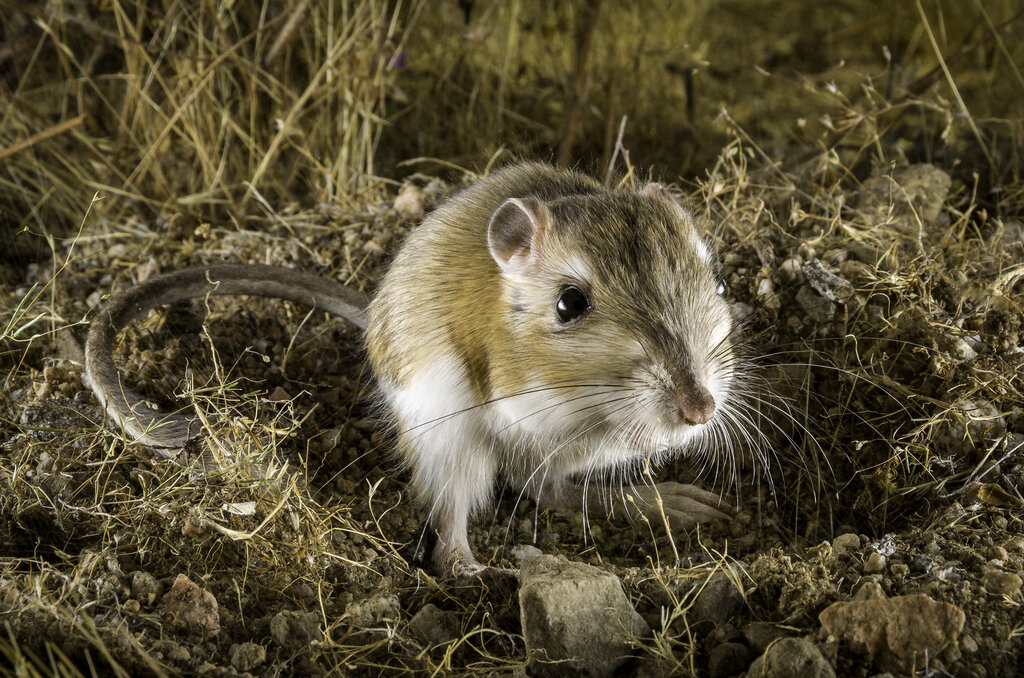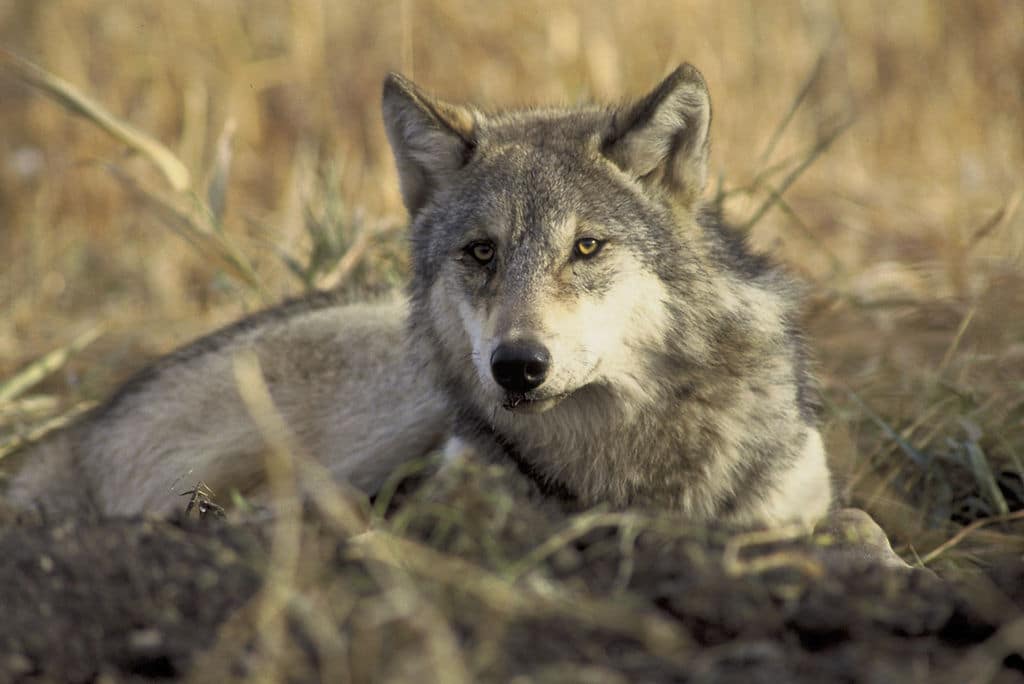California is one of the most biodiverse states in the United States thanks to its rich landscape, ranging from dry valleys and deserts to the mountains and coastal areas. Home to more species of plants and animals than other 49 states. The Golden State also boasts the highest number of species that can be found nowhere else. But decades of human activity and urban development is threatening it all. As of July 2016, there are 122 endangered and threatened animal species believed to or known to occur in the state. Here are just seven of the most notable endangered California species.
—
Gray Wolf
The gray wolf was near extinction from California in the 1920s but was not listed as endangered in the state until 2014 following pressure from environmental activists. It is now illegal to hunt, trap, harass or harm the animal. However, the gray wolf has been slowly making its return to California completely on their own from source populations in other states, and is closely monitored under the California Endangered Species Act. Estimates currently place gray wolf populations at under a dozen. The wolf tends to stay in the northern mountains, taking advantage of the supply of deer and elk, as well as neglected livestock. The latter of which however, poses a potential threat to the already vulnerable as ranchers often retaliate, increasing the risk of human-wildlife conflict.
California Condor
Also known as the largest known wild bird in North America, the California Condor was all but extinct in the 1980s with only about six individuals left in the wild. Lead poisoning from birds accidentally ingesting bullet fragments left in animal carcasses and the consumption of the pesticide DDT, which causes reduced thickness of its eggshells, have nearly destroyed the species. As nesting condors only raise one chick at the time, the pesticide is preventing the species from repopulating at its usual rates. The US Fish and Wildlife Service has since dedicated efforts to boost population in the wild through an intensive breeding recovery programme. As of 2017, the wild population of California Condor has climbed back up to 290, accounting for 22% of the total wild population.
Desert Slender Salamander
This darkly-hued amphibian can only be found dwelling in the humid cliffs and talus beneath canyons, most notably the two canyons in the Santa Rita Mountains in Riverside County. Desert slender salamanders breathe through their skins, and should their skin ever dry out, air cannot diffuse in or out of their bloodstreams, resulting in death. As global warming brings higher temperatures and even dryer conditions to the region, the moist habitats that salamanders require are slowly disappearing and drying out. This is on top of urban development such as highway constructions affecting the hydrology of the area. A 2009 study by the US Fish and Wildlife Service also claims that no salamanders have been sighted since 1996, making them one of the most endangered California species.
You might also like: 10 of the Most Endangered Species in the US

Giant Kangaroo Rat
The largest of more than 20 species of kangaroo rats, which are small members of the rodent family, the giant kangaroo rat is endemic to the state of California. Measuring only about 15cm in length and bipedal – making them hop around like a kangaroo – the species has been severely threatened by reduced habitats due to land clearing for agricultural purposes. The animal relies on grasslands and sandy soils for burrowing, which are the same types of land that are being exploited for urban and industrial developments, as well as petroleum and mineral exploration and extraction, further fragmenting the species population. This resulted in the species being declared as endangered on the federal and California state levels in the 1980s. Today, the giant kangaroo rat inhabits less than 2% of its original range and can now be found only in isolated areas west of the San Joaquin Valley in California.
San Joaquin Kit Fox
Similarly found in the San Joaquin Valley is the San Joaquin Kit Fox, the smallest foxes in North America. Most identifiable by its big, conspicuous ears, the fox was widely spread throughout the valley prior to 1930 but its population experienced a steep decline as a result of habitat loss and rodenticides in the soil. The latter of which has been proven to be detrimental to the species’ burrows and denning. Listed as an endangered species in 1967, the kit fox population remains fewer than 7,000 to this day.
Franklin’s Bumblebee
One of the rarest bumblebees in the US, Franklin’s bumblebee can only be found buzzing in the areas between southern Oregon and northern California. The widespread use of agricultural pesticides and diseases transported through commercial greenhouses have driven the species to brink of extinction, to the point that the species has not been sighted since 2006. Though population numbers have been recorded to drop since 1998, the species remains to be listed as a “species of concern” with no conservation measures currently in place. As bumblebees are a vital species in pollinating the nation’s wild flowers and agricultural crops, this endangered California species should be a top priority in conservation.
Lange’s Metalmark Butterfly
Lange’s metalmark butterfly has been protected since 1976 under the 1973 Endangered Species Act, and is mostly contained in the Antioch Dunes at the southern end of San Francisco Bay. Much like most other species under threat, the population of butterflies has plummeted down to a mere 45 in 2006 due to habitat loss. The dunes that the species live in has been persistently degraded from sand mining for agricultural and industrial practice, increasingly frequent wildfires, as well as competition from non-native plants causing reduction in the number of buckwheat plants, which population has a direct correlation with the population of Lange‘s metalmark butterfly. Despite restoration efforts including Fish and Wildlife Service managers recreating a new dune and replanting of buckwheat plants, there are only about 150 individuals remaining today.
Featured image by: Wikimedia Commons


















